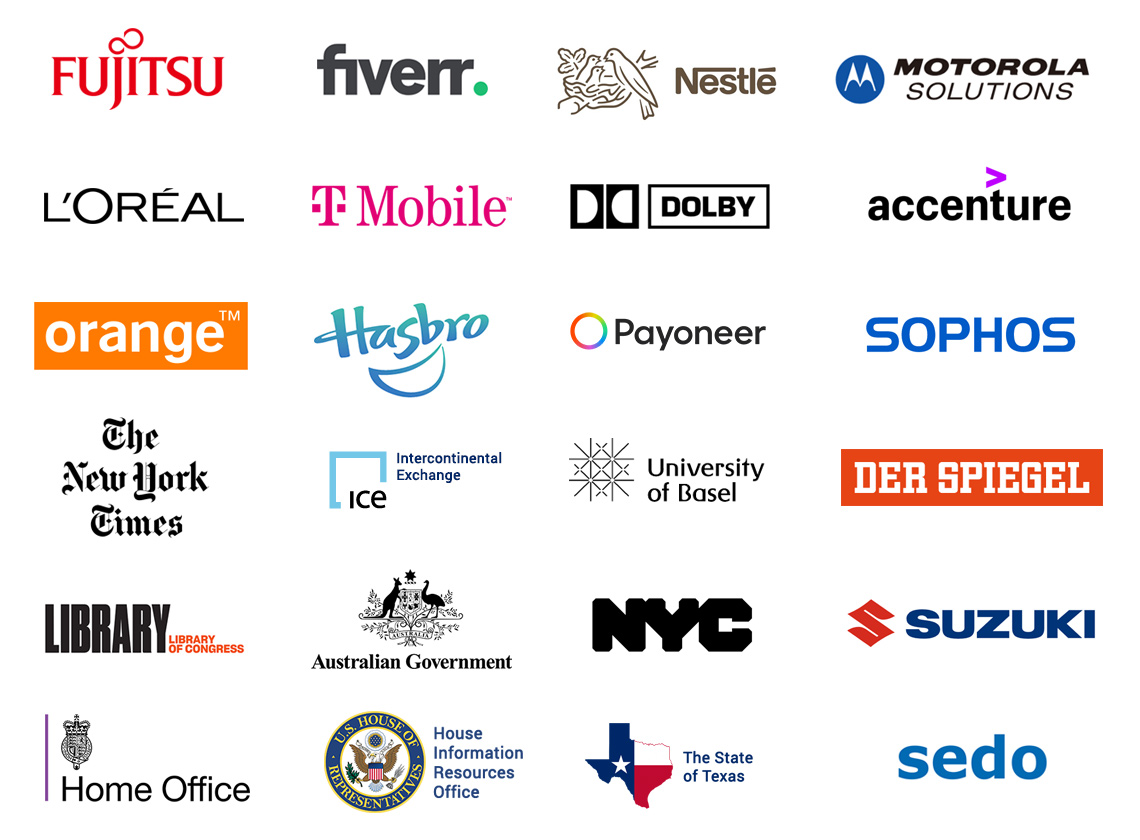TLDR: Visit browserling.com/browse to securely open and view potentially risky files. This online file sandbox, developed by my team and me, offers a secure, isolated environment to open files externally, protecting you from possible malware and viruses.
Which Files Can Have Viruses?
Almost all files can contain viruses, especially executable files (.exe), script files (.bat, .js, .vbs), document macros (.docx, .xlsx), and compressed archives (.zip, .rar) which can execute or unpack malicious payloads upon opening. Additionally, even seemingly benign file types like .pdf and .jpg can be crafted to exploit vulnerabilities in their handling applications to execute malicious code. To mitigate the risk of infection, it's important to check files from untrusted sources and use a file sandbox for safely testing and analyzing them. This technique isolates the file in a controlled environment, preventing it from accessing critical system resources or personal data, thereby safeguarding your device from potential threats.
Can Documents Contain Viruses?
Yes, documents can contain viruses, which are often embedded within macros or malicious scripts that execute upon opening. Formats such as Microsoft Office files (.docx, .xlsx) and PDFs are particularly susceptible, as attackers can exploit their capabilities to run code.
Can Images Contain Viruses?
Yes, images (such as .png, .jpg, .gif) can contain viruses if malicious code is embedded within their data or if they exploit vulnerabilities in image processing software. Attackers can use these methods to execute malware when the image is opened or viewed, leveraging flaws in applications to compromise security.
Can Videos Contain Viruses?
Yes, videos can contain viruses, primarily through exploiting vulnerabilities in video playback software or through malicious code embedded within video files. Attackers can craft specially designed video files that, when played on vulnerable software, execute embedded payloads or trigger exploits, leading to system compromise or malware infection.
How Can I Safely Open Suspicious Files Without Risking Viruses?
One of the most effective strategies to mitigate the risk of viruses and malware when working with unknown or suspicious files is to use an online file sandbox. It lets you isolate and analyze files in a secure, virtual environment to detect malicious behavior. Additionally, maintaining an up-to-date antivirus software and ensuring your computer's operating system and applications are current with the latest patches and updates are crucial steps in safeguarding against potential security threats.
What Is a Online File Sandbox?
A file sandbox is a cybersecurity tool that allows opening, viewing, and editing files in an isolated environment, hosted on a remote virtual machine. This setup ensures that any potential malware within the files cannot affect the user's primary network and computing systems, offering a secure layer of protection against cyber threats. By leveraging such a sandbox, users can safely interact with suspicious files without risking the integrity of their main operational infrastructure.
What Is Browserling?
Browserling is an online file sandbox that provides a remote environment for securely viewing and editing Office documents, PDFs, images, videos, and source code files. It also supports testing of downloads and uploads across all major browsers, including Chrome, Firefox, Safari, Opera, and Edge. Browserling is essential for developers and cybersecurity professionals, offering a seamless way to test and interact with files without exposing local systems to potential threats.
Who Uses Browserling?
Browserling has now become the online file sandbox of choice for security professionals and it's used by hundreds of thousands of users around the world every month. Browserling's customers include governments, states, cities, banks, stock exchanges, universities, newspapers, Fortune 100, Fortune 500 companies, and private multi-billion dollar companies.

Browse safe!
